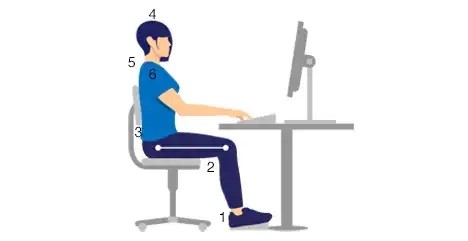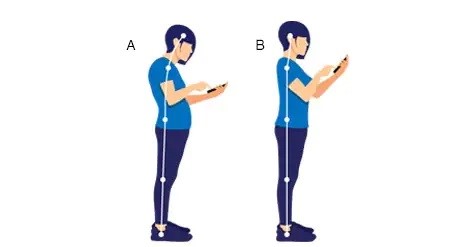
views
Maintaining good posture helps keep your bones and joints in place. Consequently, there is less aberrant joint surface wear, less strain on the ligaments holding the spinal joints together, and your muscles are able to function more effectively. Additionally, maintaining proper posture can help avoid back and muscle pain, overuse injuries, and muscle strain.
Good sitting posture:

When seated, keep these tips in mind:
- Adjust the height of your chair so that your feet rest flat on the floor or on a footrest.
- Keep your knees at or below the level of your hips. Don’t cross your legs. Your ankles should be in front of your knees. Keep a small gap between the back of your knees and the front of your seat.
- Adjust your chair to support your back or place a rolled towel or small pillow behind your lower back.
- Make sure the top of your monitor is at or slightly below eye level.
- Keep your head and neck balanced and in line with your torso.
- Relax your shoulders. Keep your forearms parallel to the ground.
Avoid looking down at your phone:

Looking down at a smartphone can cause you to flex your neck and strain your cervical spine. Maintain a straight posture and try to hold your phone near eye level when using it while standing (B). Sit up straight while staring at your phone, and support your arms using armrests, a desk, or a pillow if necessary. All things considered, maintaining proper posture ought to come naturally, but if you’ve lost the feeling of sitting and standing up straight, you might initially feel stiff. The secret is to consistently exercise excellent posture.
It all adds up:
Although good posture should be natural, you might feel stiff at first if you’ve forgotten the sensation of sitting and standing up straight. The key is to practice good posture all the time. You can make improvements at any age. Stretching and core strengthening exercises can help, too.

















Comments
0 comment